Nutritious Green Foods You Didn’t Know About
Good nutrition is all about variety! Browse through our list of unusual fruits and veggies and give yourself a chance to try something new.
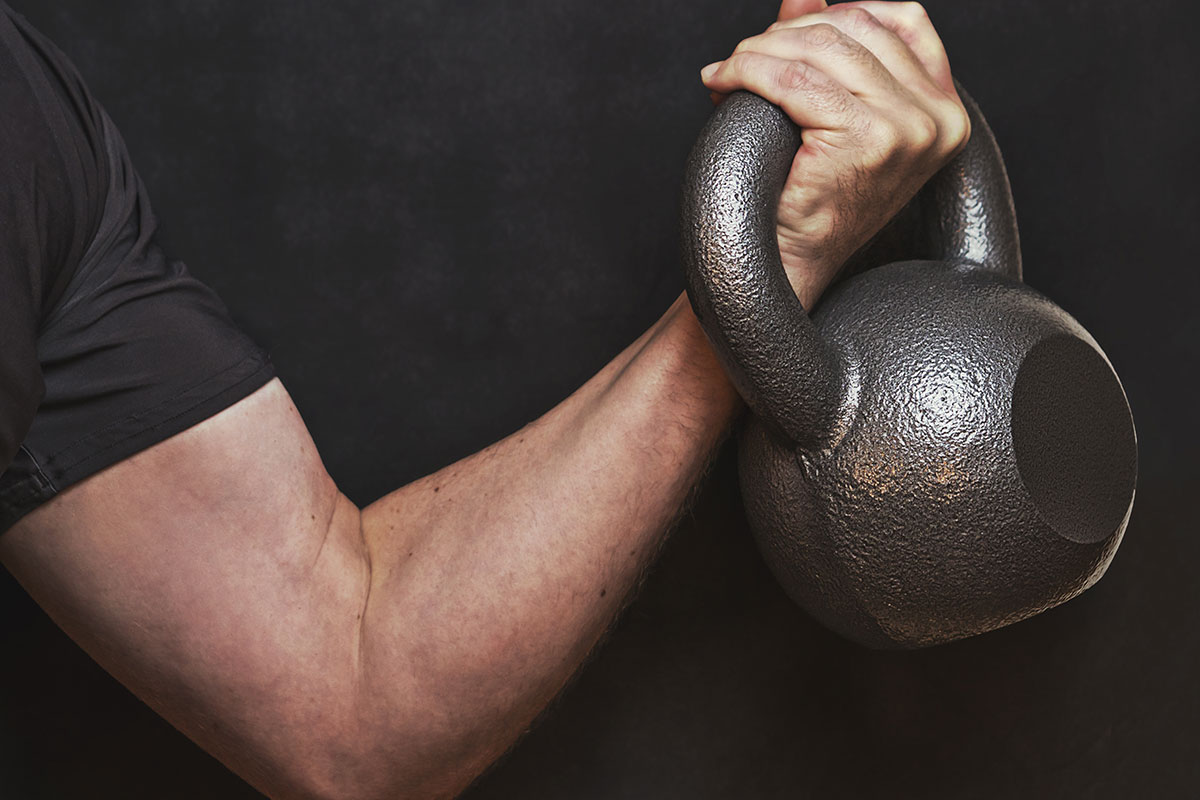

I wanted to know what’s the best way to boost metabolism and lose weight for a man once you’re over 40?
– Jermaine H.

Fighting midlife weight gain is certainly a challenge! Hormone levels and lifestyle are common causes for the metabolism and weight change from prior decades. Targeting these two areas are likely to bring about the most benefit. Thus, it is wise to visit with your physician for a checkup. Amping up your physical activity during the day (walking, cleaning, washing your own car, dancing) outside of exercise is recommended to help lose weight in middle age.
At the gym and in the kitchen, the goal is to preserve muscle mass (and therefore metabolic function) and promote a calorie deficit. ProResults® Trainer, Morgan Connors, advises strength training and cardio workouts. Nutritionally, you should eat the bulk of your calories earlier in the day, include protein at each meal, limit added sugars and alcohol, and get enough fiber and water. Consuming green tea and chili peppers temporarily boost metabolic rate… a little. Other foods purported to raise metabolism include fish, egg whites, coffee, milk, yogurt, coconut oil, lentils, red beans, cinnamon, garlic, broccoli, and berries.
Sources:
– Debbie J., MS, RD
This article should not replace any exercise program or restrictions, any dietary supplements or restrictions, or any other medical recommendations from your primary care physician. Before starting any exercise program or diet, make sure it is approved by your doctor.
Some questions have been edited for length and/or clarity.
 Have a nutrition question? Our registered dietitian is ready to help!
Have a nutrition question? Our registered dietitian is ready to help!
Email nutrition@lafitness.com or submit your question below and it may be featured in an upcoming article!
Good nutrition is all about variety! Browse through our list of unusual fruits and veggies and give yourself a chance to try something new.
Does liberally salting your food help you pump more iron in the gym? Registered Dietitian, Debbie James, investigates the claims!
One frequently asked question is about the recommended intake of protein. We hear you! Here is everything you need to know.
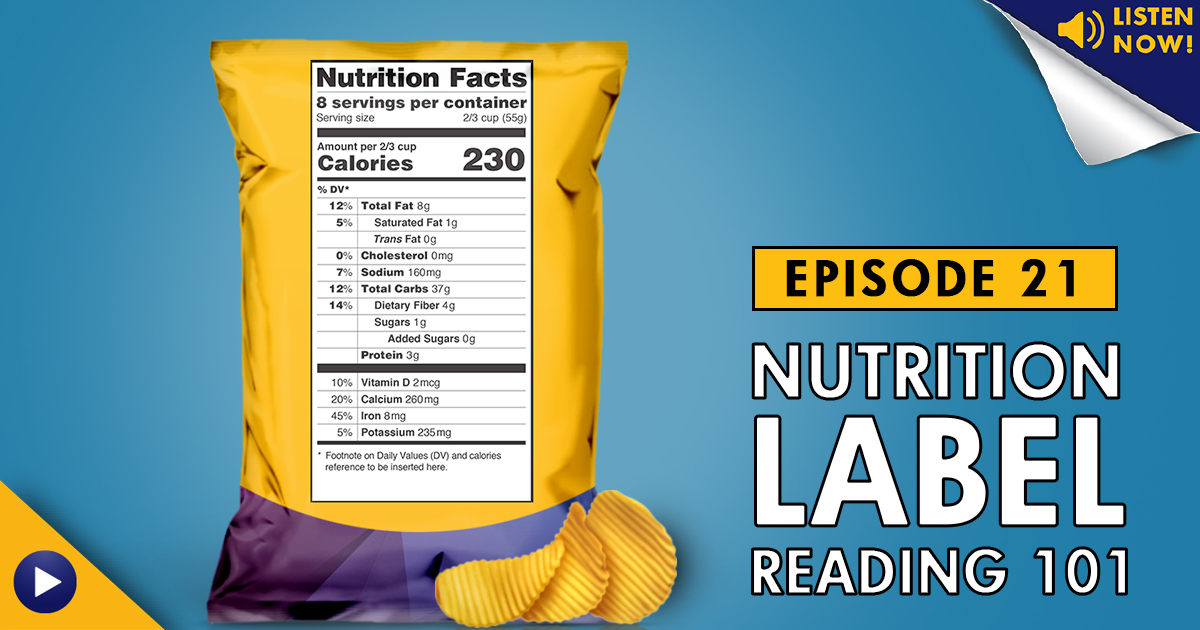
Welcome to the 21st episode of the Living Healthy Podcast, presented by LA Fitness.
On this episode of the Living Healthy Podcast, we have a listener favorite on the show, Dietitian Debbie, who helps us better understand nutrition labeling and we hear all about Andrew’s love for popcorn (and more importantly, his confusion about popcorn nutrition labels!)
How Are We Doing?
This podcast should not replace any exercise program or restrictions, any dietary supplements or restrictions, or any other medical recommendations from your primary care physician. Before starting any exercise program or diet, make sure it is approved by your doctor.
Intro
Begins at 0:01
“The History Lesson You Never Knew You Wanted” re: Nutrition Labels
Begins at 1:07
Dietitian Debbie Joins the Show
4:47
Why Are Nutrition Labels Important?
5:00
Nutrition Label – Serving Sizes
6:00
Caloric Food Tracking
8:15
Nutrition Label – Calories
10:05
Nutrition Label – Total Fat (Macronutrient #1)
11:20
Trans Fat and Saturated Fats – How Many Grams Are Too Much?
12:34
Why is Fat Known as a Macronutrient?
13:52
Nutrition Label – Cholesterol
14:30
Nutrition Label – Sodium (and Potassium)
15:43
Nutrition Label – Carbohydrates (Macronutrient #2)
17:38
Nutrient Label – Protein (Macronutrient #3)
18:46
Why is Protein So Important?
20:21
Nutrition Label – Vitamin and Mineral Section
21:05
Should Everyone Take a Daily Vitamin?
21:57
Nutrition Label – Footnote Disclaimer
24:07
Nutrition Label – Ingredients Section
25:14
Avoid These Unhealthy Ingredients
29:12
UH OH – Andrew’s Popcorn Rant
30:42
**MATT SAVES THE SHOW**
31:37
New Nutrition Labeling Laws Coming Soon
32:57
Show Wrap Up
36:23
Good nutrition is all about variety! Browse through our list of unusual fruits and veggies and give yourself a chance to try something new.
Does liberally salting your food help you pump more iron in the gym? Registered Dietitian, Debbie James, investigates the claims!
One frequently asked question is about the recommended intake of protein. We hear you! Here is everything you need to know.
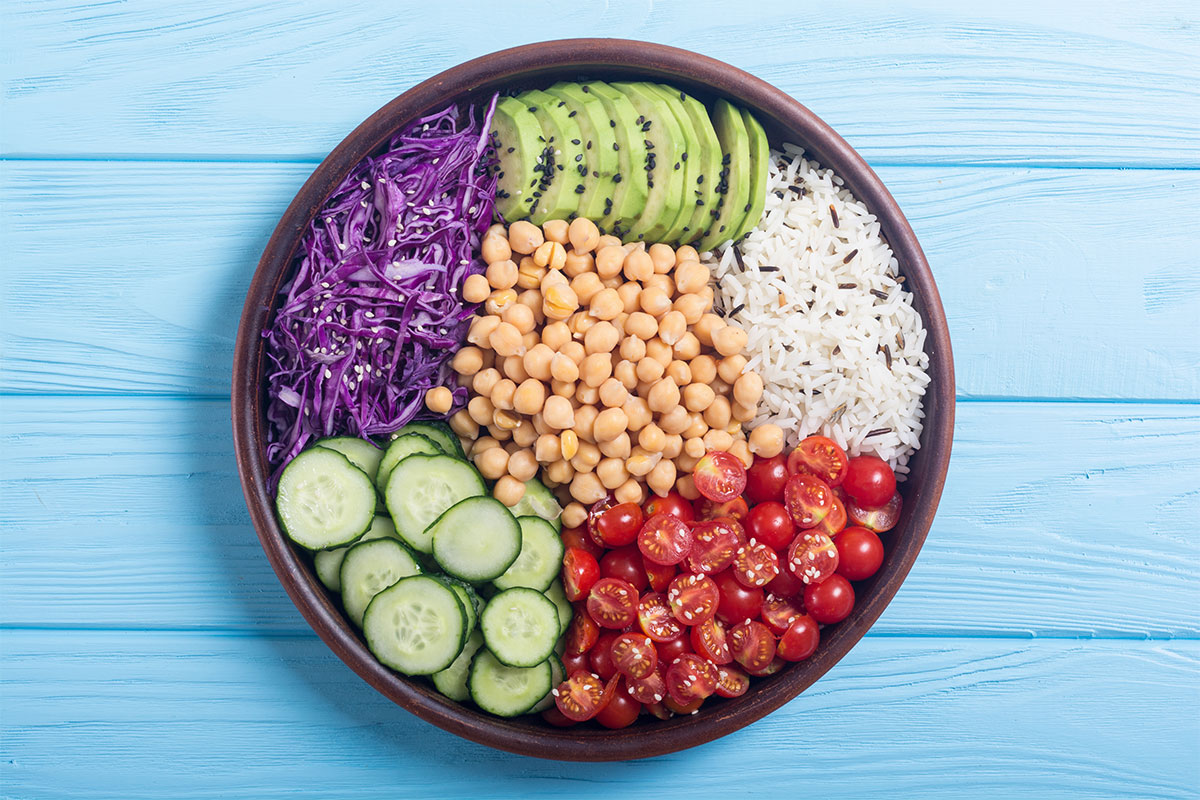

Hello, I am vegetarian and do not eat meat or eggs but do eat dairy products. Can you let me know the following?
Thanks for your help.
– Sunil J.

Here are your three-fold answers:
1. A well-balanced lacto-vegetarian diet can be sufficient to promote muscle growth and strength when paired with an appropriate workout plan. The bigger you are and the more you burn the more nutrition you need – but also the more you can eat! A sample 2,800 calorie day might look like the following. Also see our recent suggestions for meatless meals.
Nutrient analysis using www.FitDay.com by a Registered Dietitian Nutritionist = 127 gm Protein (16% calories). Findings were used along with RDN’s professional judgment.
2. Before strength training (assuming last meal was more than 3 hours prior) a small snack incorporating a carbohydrate with some protein, but little fat can fuel your workout and help prevent muscle protein breakdown. One example is rice or oat square cereal with non-fat milk and strawberries. Another would be noodles and chunky marinara with a soy meatball. After working out, replenish energy stores and promote muscle repair and rebuilding with a similar recovery snack within a half hour. Graham crackers with peanut butter and banana slices is an option.
3. Protein powder aids in providing variety and convenience to meals or snacks on the go. When mixed with fluid as a beverage, protein powder is more readily absorbed than a solid protein you’d need to chew and break down. A balance of soy, casein, and whey can offer a more sustained delivery of protein.
– Debbie J., MS, RD
This article should not replace any exercise program or restrictions, any dietary supplements or restrictions, or any other medical recommendations from your primary care physician. Before starting any exercise program or diet, make sure it is approved by your doctor.
Some questions have been edited for length and/or clarity.
 Have a nutrition question? Our registered dietitian is ready to help!
Have a nutrition question? Our registered dietitian is ready to help!
Email nutrition@lafitness.com or submit your question below and it may be featured in an upcoming article!
Good nutrition is all about variety! Browse through our list of unusual fruits and veggies and give yourself a chance to try something new.
Does liberally salting your food help you pump more iron in the gym? Registered Dietitian, Debbie James, investigates the claims!
One frequently asked question is about the recommended intake of protein. We hear you! Here is everything you need to know.
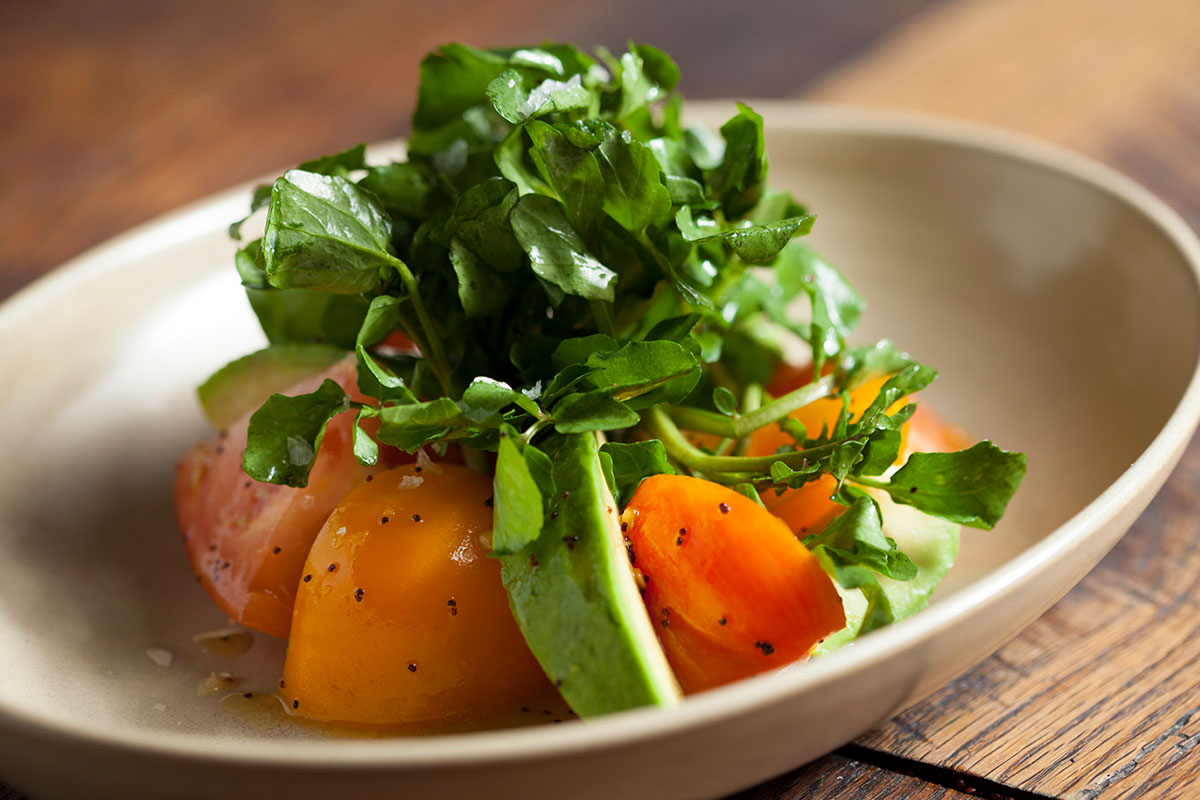
“Healthy and fresh food should be food that not only is good for your body, but it should also be flavorful. This salad is a great example of that. It’s made with seasonal tomatoes, field fresh watercress and ripe avocados. The dressing is light and fresh tasting and ties it all together.”
Water Grill is located at 615 J Street, San Diego, CA 92101. Open Sunday-Thursday 11:30am-11pm, and Friday-Saturday 11:30am-Midnight. For the menu and additional details, please visit http://www.watergrill.com/.





Photo Credit: Courtesy of King’s Seafood Company
For the Tomato Avocado Salad
For the Poppy Seed Dressing
Step 1:
Step 2:
Featured Recipes
Good nutrition is all about variety! Browse through our list of unusual fruits and veggies and give yourself a chance to try something new.
Does liberally salting your food help you pump more iron in the gym? Registered Dietitian, Debbie James, investigates the claims!
One frequently asked question is about the recommended intake of protein. We hear you! Here is everything you need to know.
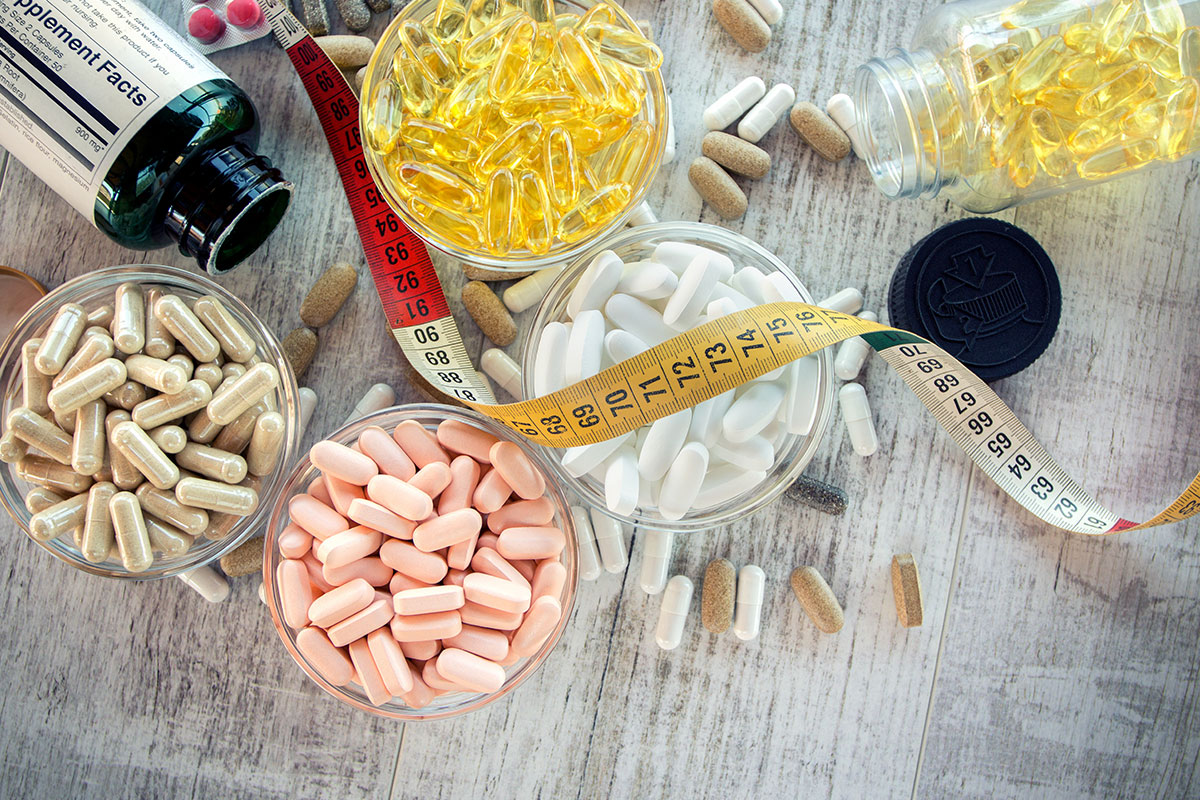

Do you recommend a weight loss supplement?
– Brian N.

Hi Brian, I’m so glad you asked my opinion! Powder supplements of actual food components (such as of protein and fibers) can be quite useful in an energy-restricted diet since reduced total food volume can limit intake of certain nutrients. A general multivitamin/mineral supplement providing 100% DRI may also be suitable. These may not directly promote weight loss in themselves but can help the body maintain a healthy status while losing weight and indirectly help by curbing appetite.
Pill supplements of other compounds are nearly the last thing I recommend for weight loss, usually after other interventions have failed. There are many downsides to using popular supplements such as fat burners, appetite suppressants, and metabolism boosters. Due to personal biochemistry, their effects on physiology (positive or negative) may be as great as that of prescription weight loss drugs. The efficacy of a supplement should be weighed against its safety. According to the National Institutes of Health*, the compounds with “possible modest effect” on weight, fat mass or waist circumference include African mango, caffeine, green coffee bean extract, green tea, carnitine, and white kidney bean. Reported side effects include various GI disturbances, headaches, difficulty sleeping, urinary tract infections, increased blood pressure, and liver damage.
* Source: https://ods.od.nih.gov/factsheets/WeightLoss-HealthProfessional/ Accessed 3.11.2019
– Debbie J., MS, RD
This article should not replace any exercise program or restrictions, any dietary supplements or restrictions, or any other medical recommendations from your primary care physician. Before starting any exercise program or diet, make sure it is approved by your doctor.
Some questions have been edited for length and/or clarity.
 Have a nutrition question? Our registered dietitian is ready to help!
Have a nutrition question? Our registered dietitian is ready to help!
Email nutrition@lafitness.com or submit your question below and it may be featured in an upcoming article!
Good nutrition is all about variety! Browse through our list of unusual fruits and veggies and give yourself a chance to try something new.
Does liberally salting your food help you pump more iron in the gym? Registered Dietitian, Debbie James, investigates the claims!
One frequently asked question is about the recommended intake of protein. We hear you! Here is everything you need to know.
Be the first to know about exclusive
content, deals and promotions